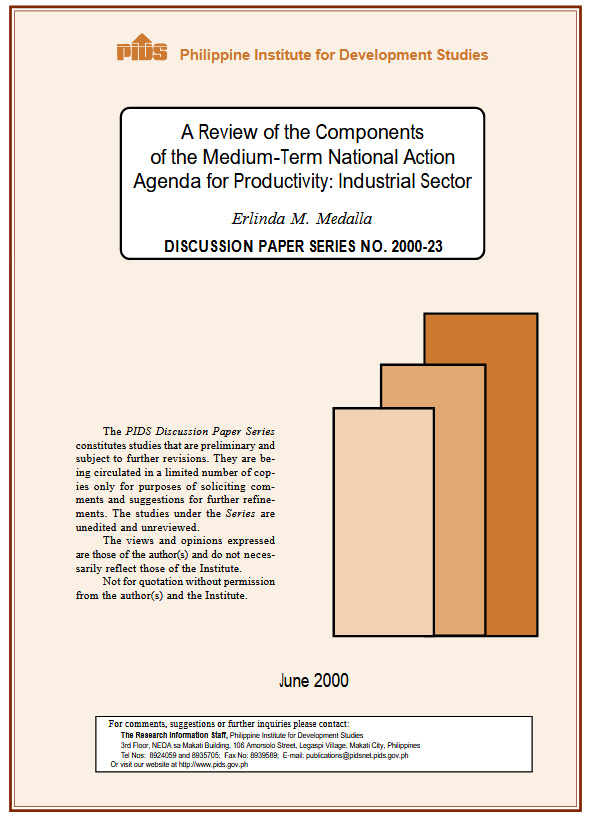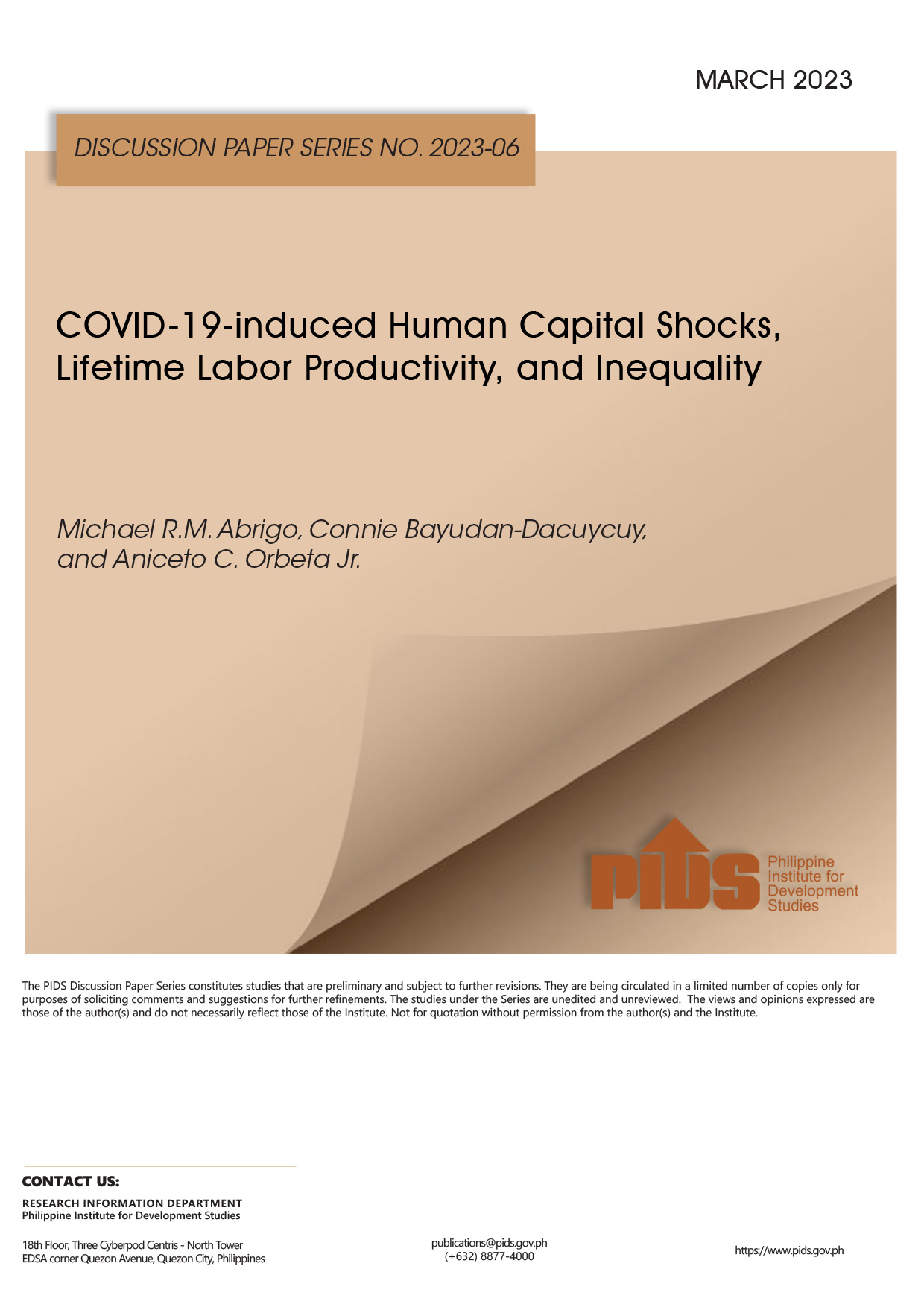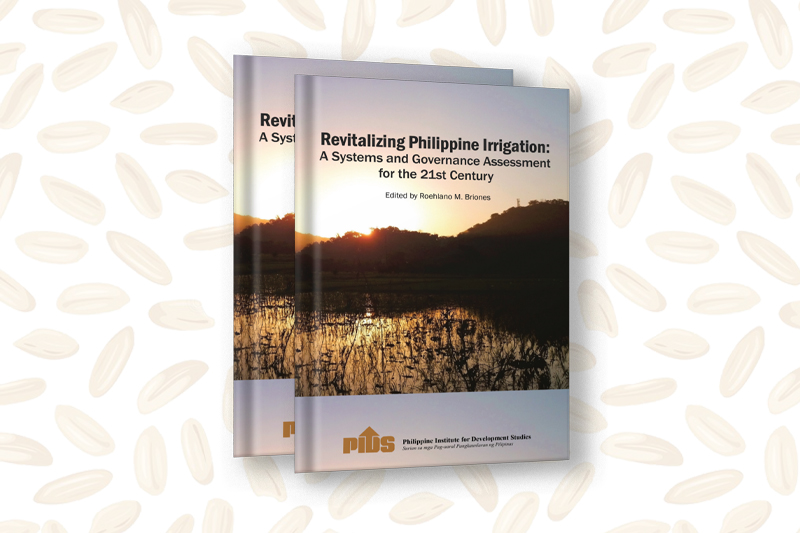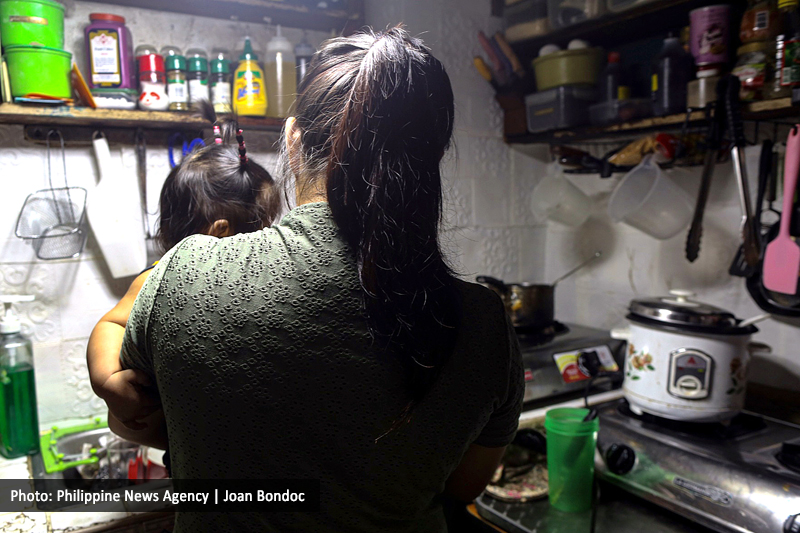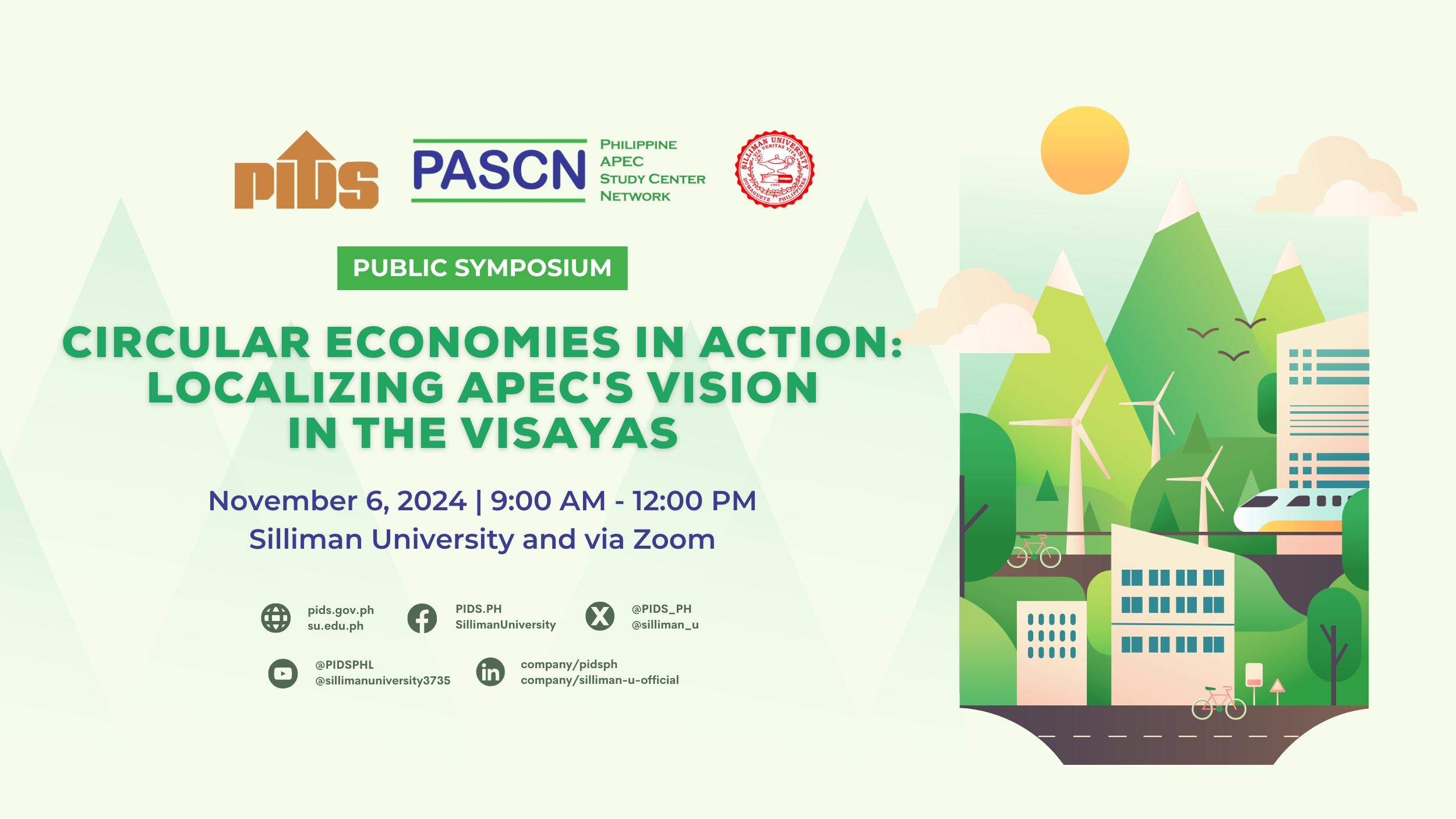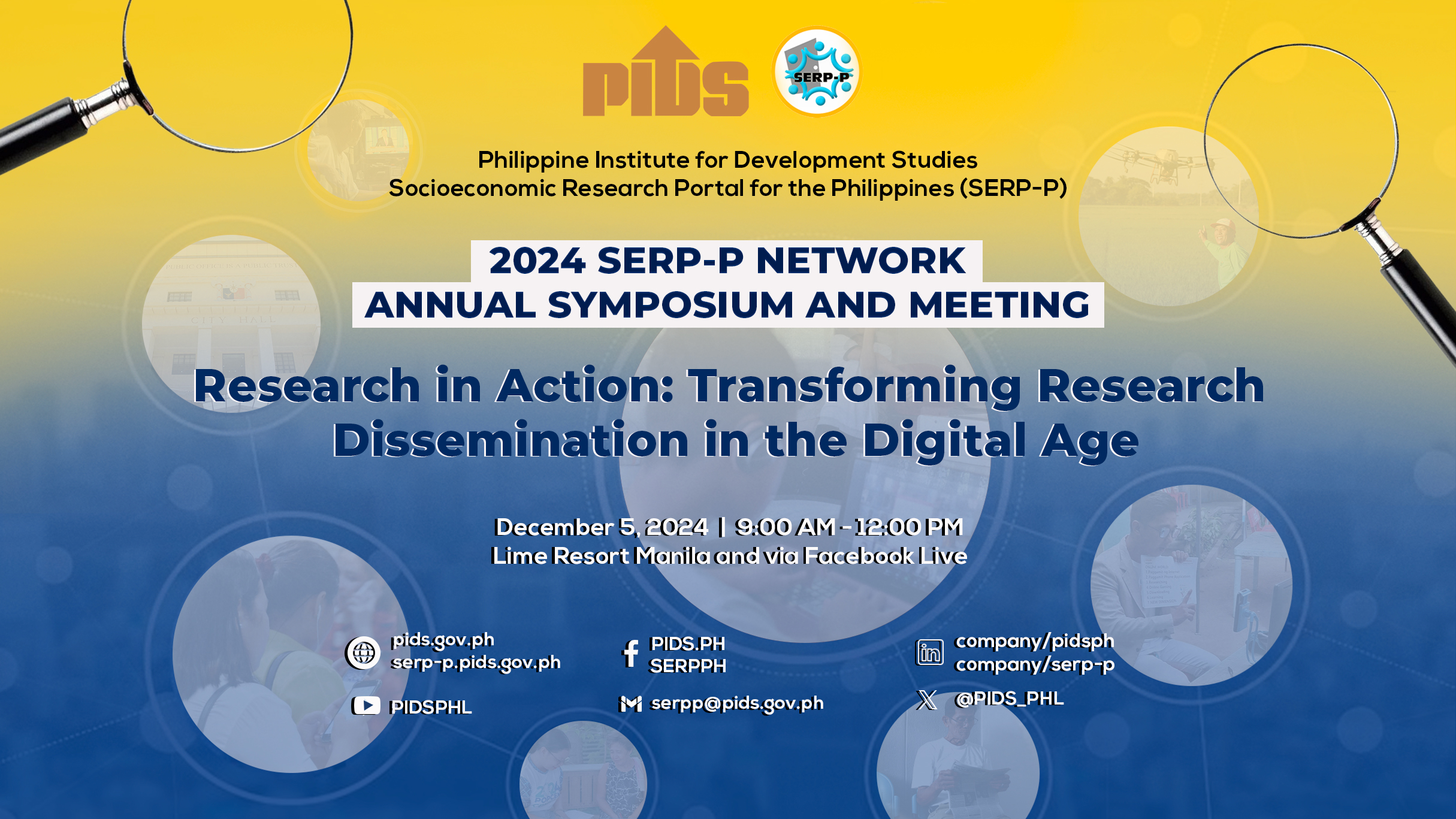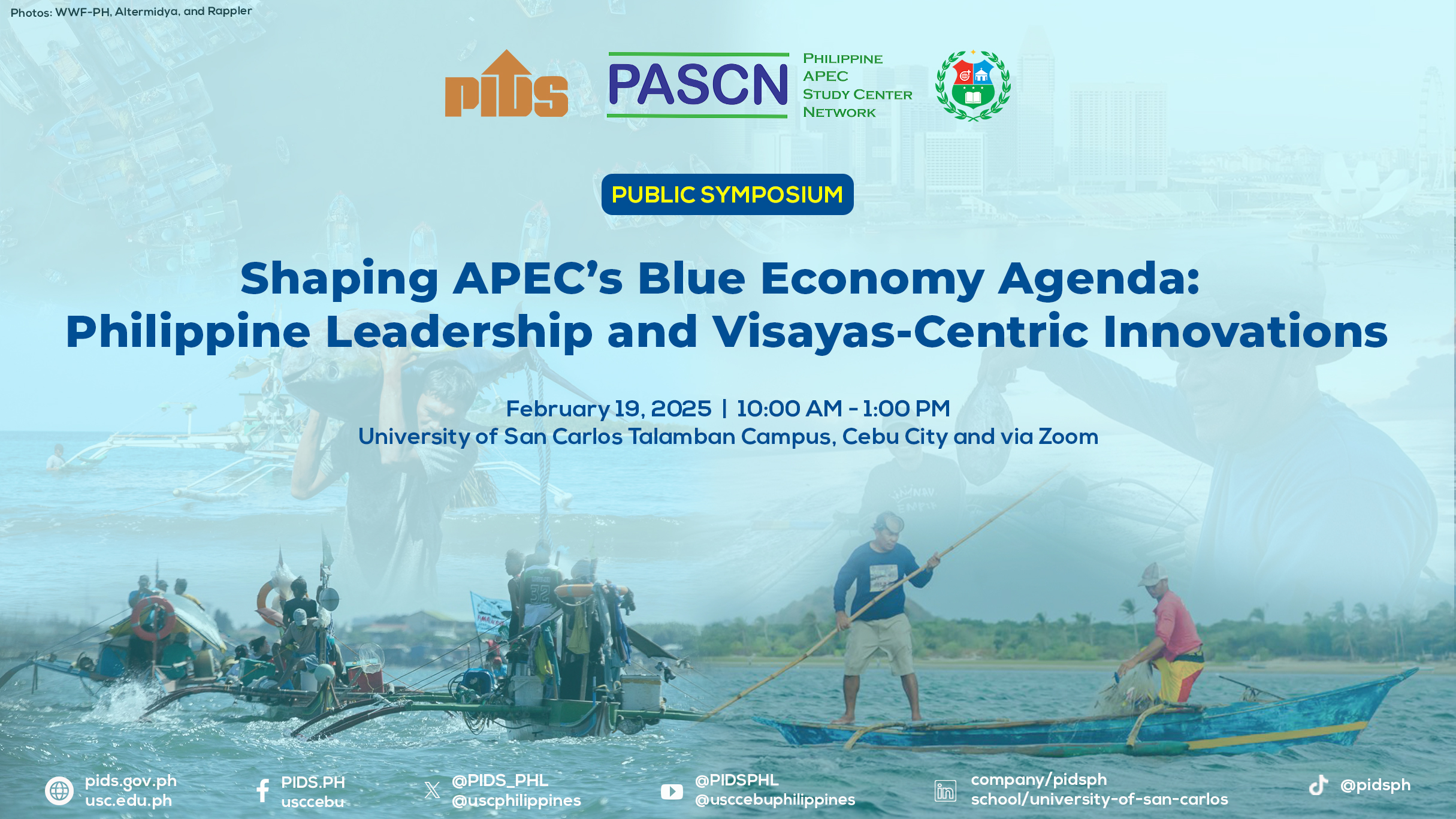The paper looks into the major factors which affect the efficiency of product market. In particular, the paper examines the policy environment, which could induce better resource allocation, foster dynamic efficiency and thereby increase the productivity of the industrial sector. This policy environment comprises three layers: 1) the trade policy that determines the general terms of trade; 2) other government policy measures and regulations that will hinder a well-functioning market; and 3) measures and regulations intended to govern the conduct of firms. Gaps and issues with respect to these three layers of policy environment are also discussed in the paper. Much has already been done with respect to the first layer of policy environment. Trade reforms beginning in the 1980s have been substantial and contributed positively to improving the competitiveness of the manufacturing sector. The more open trade regime made possible by trade reforms has led to increased market contestability. However, in many cases, the mere threat of import competition is sufficient to keep monopolistic tendencies in check. Perhaps, the main concern in this area is to safeguard the reforms that have already been implemented and prevent policy reversals. Another area for improvement is related to improvements in institutions that would enable the Philippines to take full advantage of the opportunities in the larger world market offered by the more open trade regime. In particular, the government should continue to pursue administrative measures that will lower the costs of importing and exporting. While competition issues regarding the conduct of firms are important, the more crucial and urgent concern is the second layer of the policy environment--- the government policies with anti-competition effects. As pointed out earlier, a lot has already been done in terms of implementing reforms as regards to trade policy (first layer), and perhaps, it is timely to shift some of the focus on the other government policy-induced anti-competitive elements. There is a clear need to re-evaluate policies and review whether such policies and regulations could pass a "competition" test or, if not, if they could be justified on public welfare grounds. With respect to the third layer of policy environment, many studies point out a need for a more effective anti-trust legislation for the Philippines. These include most notably the studies by Patalinghud (1998), Cabalu et al (1999), an earlier study by Lamberte et al (1992) on barriers to entry, and an ongoing study by Anthony Abad (not to mention studies done under the auspices of CRC and AIM). All point to the weakness of the existing legislation and mechanisms for implementation. In developing economies, implementation is the Achilles’ heel of competition law. Thus, in designing a competition law, careful attention must be focused on its implementation concerns. Successful implementation requires not only the careful design of substantive prohibitions and the construction of an effective competition body, but would also entail improvements in other institutions such as the judicial system. Sadly, the institutional ingredients that make ambitious competition system feasible in developed countries rarely exist in developing settings and which will take long years decades) to build. In the long run, the government should work towards creating an implementing body or commission. Ideally, this commission will be responsible not only for the prevention of anti-competitive behaviour of firms or simply anti-trust legislation, but also for the broader area of competition policy and law.

